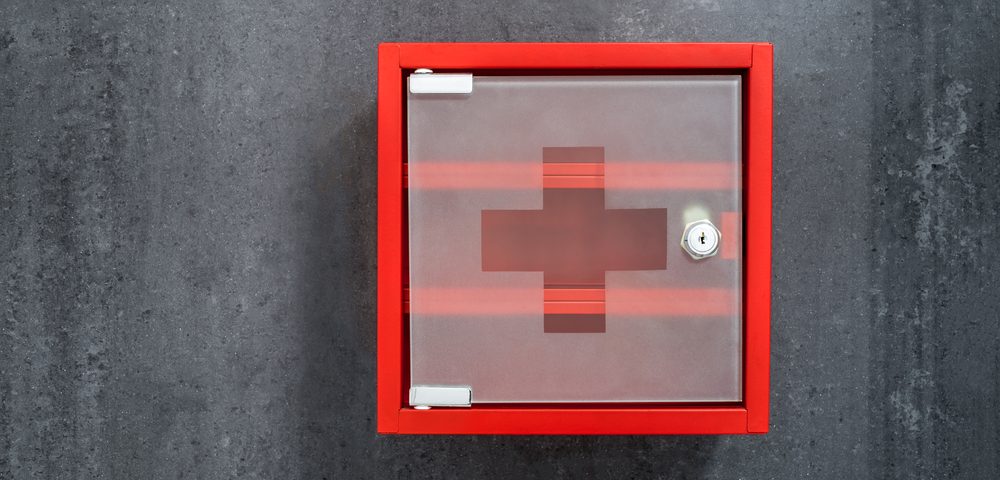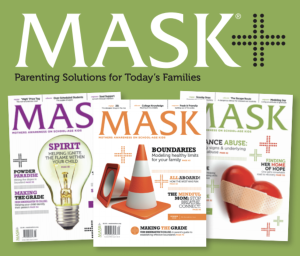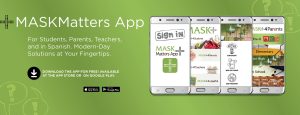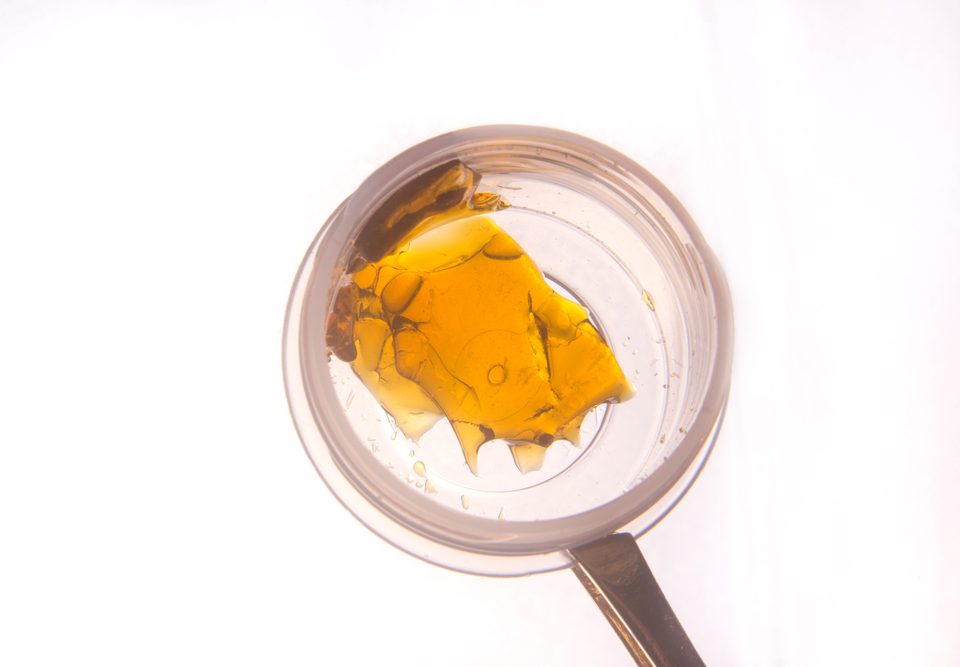
6 Things People With High EQ Do Well
May 22, 2021
Nutritional Basics To Follow
May 24, 2021Beware the 300 Foot Cliff in Your Medicine Cabinet
We’re all diligent about fencing our pools, forcing helmets on precious heads, and buckling our kids in car seats. But, for some reason, we relax as our children grow, overlooking the alluring dangers lurking in our medicine cabinets.
Physicians and patients are programmed to throw drugs at every discomfort, instigating a tidal wave of prescription drug abuse and overdose. Arm yourself with strategies against this lethal menace.
Consider the following facts:
- Deaths from drug overdose have been rising steadily over the past two decades and have become the leading cause of injury death in the United States (more deaths than motor vehicle traffic crashes for those age 25 to 64).
- Nearly 9 out of 10 poisoning deaths are caused by drugs.
- Drug overdose death rates have been rising steadily since 1992, with a 117 percent increase from 1999 to 2012 alone.
- In 2012, nearly 80 percent of the drug overdose deaths in the U.S. were unintentional, more than 13 percent were suicides.
- In 2011, drug misuse caused about 2.5 million emergency department visits, of which more than 1.4 million were related to non-medical use of pharmaceuticals.
- Among children under age 6, pharmaceuticals account for about 40 percent of all exposures reported to poison centers.
- Narcotic pain medicines, benzodiazepine (anti-anxiety meds) and sleep medications are the most common drugs of abuse and overdose. Combining these meds is particularly lethal.
- In the U.S., prescription opioid abuse costs were about $55.7 billion in 2007.
Steps you can take to prevent prescription drug abuse:
![]() Use controlled substances (narcotics and benzodiazepines) as a last resort. Fight the reflex to grab a pill for every discomfort.
Use controlled substances (narcotics and benzodiazepines) as a last resort. Fight the reflex to grab a pill for every discomfort.
![]() Simply hydrating, healthy sleep, breathing deeply, eating nutritious foods and managing stress resolves a multitude of ills.
Simply hydrating, healthy sleep, breathing deeply, eating nutritious foods and managing stress resolves a multitude of ills.
![]() Methods can benefit chronic pain, insomnia and mood disorders including exercise, acupuncture, meditation or hypnotherapy, psychotherapy, physical therapy, myofascial therapy, massage, ice/heat/laser/electrical stimulation homeopathy, aromatherapy, Reiki, diet and supplements for inflammation or neurochemical balance.
Methods can benefit chronic pain, insomnia and mood disorders including exercise, acupuncture, meditation or hypnotherapy, psychotherapy, physical therapy, myofascial therapy, massage, ice/heat/laser/electrical stimulation homeopathy, aromatherapy, Reiki, diet and supplements for inflammation or neurochemical balance.
![]() Keep controlled substances secured (consider them as dangerous as a weapon).
Keep controlled substances secured (consider them as dangerous as a weapon).
![]() Dispose of unused medications, but do not flush them, which can contribute to the veritable pharmacy in our water supply. Check DEA drug collection information on proper disposal and options for collection of unused medications.
Dispose of unused medications, but do not flush them, which can contribute to the veritable pharmacy in our water supply. Check DEA drug collection information on proper disposal and options for collection of unused medications.
![]() Avoid combining dangerous drugs—narcotics, benzodiazepines, sedatives, alcohol and even antihistamines—in deadly ways. Chronic use of benzodiazepines alone (even just 18 tabs per year) is associated with mortality risk that exceeds smoking. Request a sleep study if you are taking chronic narcotics and/or benzodiazepines.
Avoid combining dangerous drugs—narcotics, benzodiazepines, sedatives, alcohol and even antihistamines—in deadly ways. Chronic use of benzodiazepines alone (even just 18 tabs per year) is associated with mortality risk that exceeds smoking. Request a sleep study if you are taking chronic narcotics and/or benzodiazepines.
![]() Stick to one provider and one pharmacy for any controlled substance prescriptions. Make sure your provider regularly monitors the pharmacy database to keep you safe.
Stick to one provider and one pharmacy for any controlled substance prescriptions. Make sure your provider regularly monitors the pharmacy database to keep you safe.
![]() If you or a loved one require (or are abusing) narcotics, ask about having Narcan available in case of accidental overdose.
If you or a loved one require (or are abusing) narcotics, ask about having Narcan available in case of accidental overdose.
After burying a friend who accidentally overdosed, leaving her young child without her mother, I vowed to do everything in my power to prevent another tragedy. Please stay safe.
Dr. Susan Wilder
MASK the Parenting Magazine a quarterly publication providing solutions for Today’s Families.
The parenting manual offering solutions to the modern-day challenges families face. From Pre-K
through College stay up to date on the modern day issues families face.
Are you up to date on the issues your child is facing?
MASK Mothers Awareness on School-age Kids offers parenting solutions for today’s families. MASK tackles important topics – from drugs and alcohol to bullying and Internet safety -and gives students, parents and the community the knowledge and tools to manage these potential challenges.
Subscribe today! https://www.tools4teaching.com/product/mask-the-magazine/
Download and share the MASKmatters app now! Made for children, parents, teachers and in Spanish.
Have solutions at your fingertips
Available free on apple and google play links below
Apple https://apps.apple.com/us/app/maskmatters/id1482305692
Google Play
https://play.google.com/store/apps/details?id=com.maskmatters.maskmattersapp&hl=en_US&gl=US




